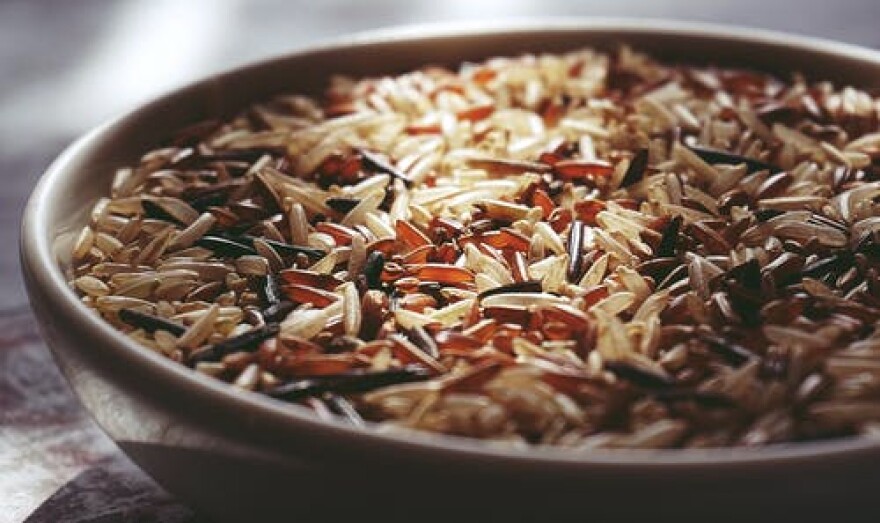If 2020 is an average year…. One-and-a-half million people will be diagnosed with Diabetes before it ends.
One of the demographic groups facing the largest number of diagnoses is Native Americans. Type 2 diabetes has been tearing through native communities since the 1800’s.
Amy Robinson takes a look at the cause, and how experts say returning to an indiginous diet is the solution.
For the vast majority of their history, Native Americans had little chronic illness including diabetes. for virtually all of the tribes in the U.S, it was just not a problem… until suddenly it was.
We get to the point where we start to see babies being born with diabetes. We're not too far away from that. We're seeing ten-year olds developing Type 2 Diabetes. Teenagers who are having heart attacks", said Regina Brubacker-Carver, Health Educator for the Little Traverse Bay Band of Odawa Indians.
She said American Indians are suffering under the twin threats of obesity, and diabetes, and both are linked to colonization. In the late 1700’s European settlers began claiming Indian land and moving the native, life-long inhabitants to reservations. Suddenly, Burbacker-Carver said, American Indians could no longer eat the foods that they relied on for millenia
#5 - Deer, rabbit,turkey, buffalo, fish. So a lot of lean game meats and fish. Grains such as wild rice. We grew our own corn, we grew our own beans, we grew our own squash, we learned how to dry and preserve that food so it would last throughout the winter. We would collect berries throughout the summer. We would gather nuts and seeds.
It was a healthy diet, but it was gone. The replacement foods, brought in by the US military were processed, in many cases left-over commodity food
"The US govenment stepped in by sending us Army wagons full of things like flour, lard and beef. Things that our system had not developed a way to handle that".
Brubacker-Carver said Type 2 diabetes is often the byproduct of poor diet and low activity levels. But, she says American Indians appear to be more susceptible than the non-native population to high sugar foods. And there was a lot of sugar in the government food. "Frybread came about because they gave us lard, sugar, flour. So what do you do with that? We would make fry bread".
And alcohol addiction became a problem for Native Americans. And Brubacker-Carver says even that fed into the diabetes epidemic.
Today, one in six American Indian adults have been diagnosed with diabetes. That’s more than double the prevalence in the general U.S. population.
The Centers for Disease Control and Prevention (CDC) predict that half of all American Indian children born in 2000 will have type 2 diabetes in their lifetime unless the current trend is halted.
Some Native Americans in Michigan and around the country are trying to stop the trend by returning to an indiginoius diet. They eschew high sugar, processed foods and instead seek out meals from the natural world. Lean game for meat, berries and nuts, and foods they can cultivate on their own.
Brubacker-Carver said there is no time to waste reversing the tide of illness, "Those simple sugars threw us into a diabetic crisis within several generations. I don’t think we can take millenia to adjust. Look what it’s done for us in a hundred years".
A recent study supports the theory that if American Indians return to a traditional diet, their health will improve. In the Decolonizing Diet Project volunteers committed to eating indiginous foods for at least 25% of their daily food intake for a year. In the end, participants saw important improvements.
"What they found when they did that diet was that not only did people lose weight, their blood pressure dropped, their cholesterol dropped, and their blood sugar dropped."
Brubacker-Carver is working to educate members of her tribe about how food can be dangerous. And to teach them what is safe to eat
You take what wins you can get. If someone is willing to spend a little more for an organic food product or to buy something from a tribal farm so they know it's been grown in a good way, who’s going to argue with them that they should be growing their own instead?"
And Brubacker-Carver is hoping that in coming years, her Native American family and tribe will have enough ‘wins’ to change a grim future by returning to indiginous foods.


